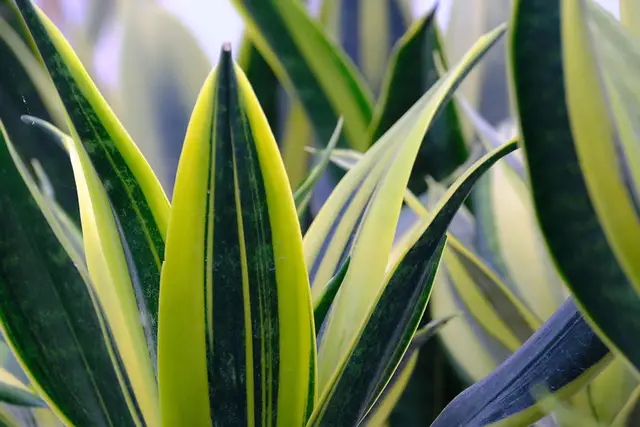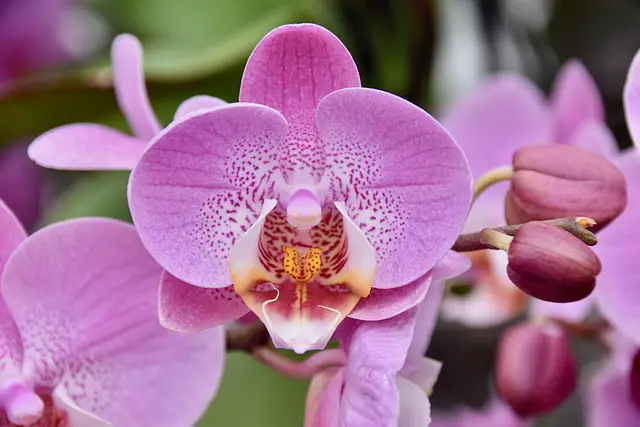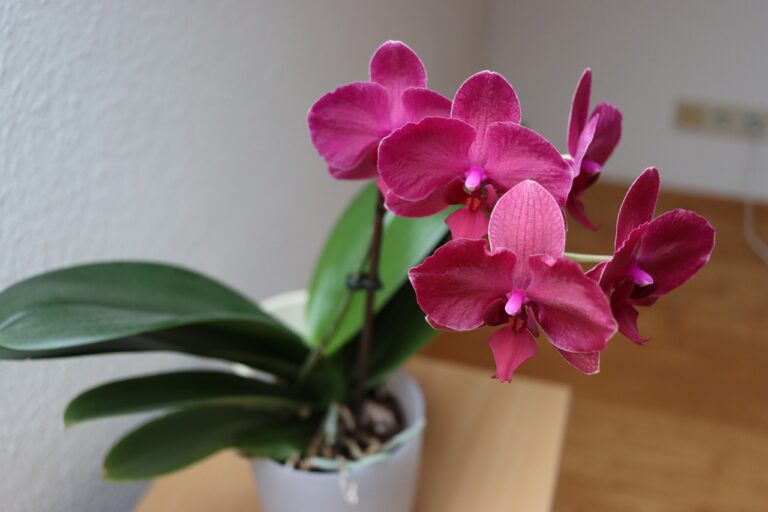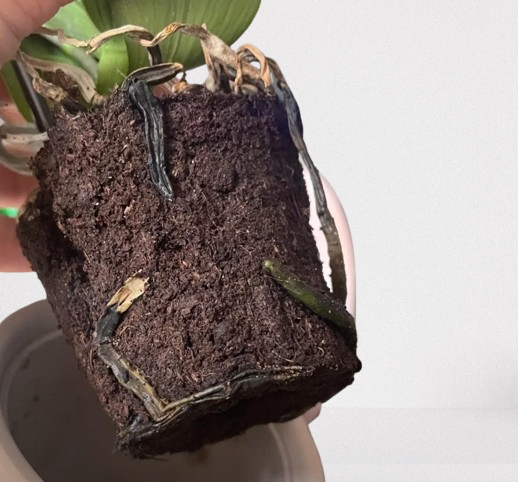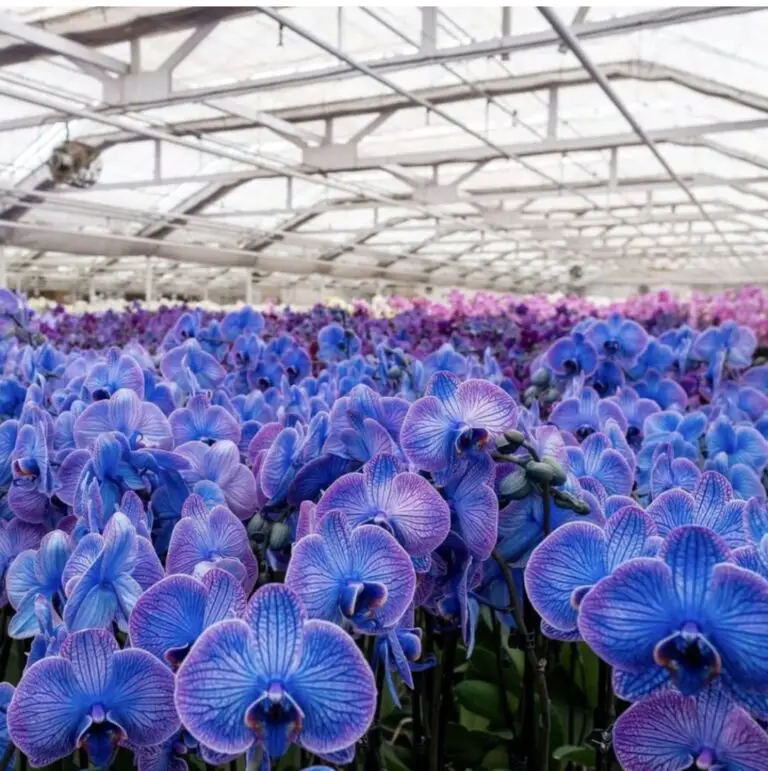Peony flower fertilisers are the secret behind those lush, full blooms that stop you in your tracks each spring. If you’ve ever been in a garden and been enchanted by the delicate, undulating petals of a peony, you’ve seen the power that proper nourishment can have. These timeless perennials are more than just beautiful—they’re a symbol of elegance, prosperity, and romance, passed down through generations in gardens around the world.
However, getting such gorgeous flowers is not a coincidence. It requires care, attention, and most importantly, the proper feeding. Whether you’re nurturing a single heirloom plant or cultivating a vibrant bed of colour, knowing which fertilisers can truly nourish your peonies makes all the difference.
In this guide, we’ve curated the top 20 fertiliser choices to help you unlock the full blooming potential of your peony plants. From organic options to slow-release blends and bloom-boosting formulas, get ready to discover how to make your peonies not only survive—but thrive season after season.
- 1 Understanding Peony Nutrition Needs
- 2 Why Fertilise Peonies?
- 3 When and How Often to Fertilise Peonies
- 4 Peony flower fertilisers
- 5 Types of Fertilisers for Peonies
- 6 Top 20 Fertiliser Choices for Peonies
- 7 Organic Fertilisers
- 8 1. Compost
- 9 2. Aged Manure
- 10 3. Bone Meal
- 11 4. Fish Emulsion
- 12 5. Blood Meal
- 13 6. Seaweed Extract
- 14 7. Espoma Flower-tone
- 15 Synthetic or Balanced Fertilisers
- 16 8. Miracle-Gro Bloom Booster
- 17 9. Jobe’s Organics All-Purpose Fertiliser
- 18 10. Osmocote Smart-Release Plant Food
- 19 11. Dr Earth Flower Girl Bud & Bloom Booster
- 20 12. Jack’s Classic Blossom Booster
- 21 13. Schultz Bloom Plus
- 22 Slow-Release and Specialised Formulas
- 23 14. Jobe’s Plant Food Spikes for Lilies and Peonies
- 24 15. Bayer Advanced Rose & Flower Care
- 25 16. Lilly Miller Morcrop Tomato & Vegetable Food
- 26 17. Earthy Rose & Flower Blend
- 27 Application Tips and Best Practices
- 28 Common Mistakes to Avoid
- 29 FAQS
Understanding Peony Nutrition Needs

Why Fertilise Peonies?
Peonies are hardy perennials, but they still need the right nutrients to bloom beautifully each season. Essential nutrients like nitrogen, phosphorus, and potassium are provided by fertilisation and support robust roots, lush foliage, and vivid blossoms. Without these nutrients, peonies may produce fewer flowers or suffer from stunted growth and poor health.
When and How Often to Fertilise Peonies
When new growth starts to emerge in the early spring, that is the ideal time to fertilise peonies. After flowering, the plant can be strengthened with a second, lighter feeding. Late-season fertilisation should be avoided since it may result in soft growth that is vulnerable to winter damage. Usually, once or twice a year is plenty.
Peony flower fertilisers

Types of Fertilisers for Peonies
Fertilisers come in various forms, including organic and synthetic, liquid and granular. Organic fertilisers improve soil health over time, while synthetic ones offer immediate nutrient availability. Bloom-boosting formulas are high in phosphorus, essential for flower production. Choose a balanced option or a bloom-specific blend depending on your plant’s needs.
Top 20 Fertiliser Choices for Peonies
Organic Fertilisers
1. Compost
Compost is one of the best natural fertilisers for peonies. Rich in organic matter, it improves soil texture, retains moisture, and provides a steady supply of nutrients. Mix compost into the soil in early spring or fall for best results, and use it as a mulch throughout the growing season.
2. Aged Manure
A great source of organic matter and nutrients is aged manure. It enhances soil fertility and encourages healthy microbial activity. Apply well-rotted manure in the fall so nutrients can break down over winter. Avoid using fresh manure, as it may burn peony roots or introduce weed seeds.
3. Bone Meal
Phosphorus, the essential ingredient for robust root development and flower production, is abundant in bone meal. It works best when mixed into the soil at planting time or applied in early spring. Bone meal breaks down slowly, offering long-term benefits without the risk of over-fertilising or harming the plant.
4. Fish Emulsion
Fish emulsion is a fast-acting, liquid organic fertiliser packed with nitrogen and micronutrients. It promotes lush green foliage and overall plant health. Dilute fish emulsion with water and apply it during the growing season every 2-4 weeks. It also helps replenish tired soils and supports early-season growth.
5. Blood Meal
Blood meal is an organic fertiliser that is high in nitrogen and promotes robust growth of leaves and stems. Giving peonies a boost in the early spring is very beneficial. However, use it sparingly, as too much nitrogen can lead to fewer blooms. Always water well after applying to avoid root damage.
6. Seaweed Extract
Seaweed extract is a gentle, organic fertiliser loaded with micronutrients and natural growth hormones. It enhances plant resilience and stimulates healthy root development. Use it as a foliar spray or soil drench every few weeks during the growing season for noticeable improvements in overall vigour and bloom quality.
7. Espoma Flower-tone
Espoma Flower-tone is a well-known organic fertiliser formulated for flowering plants. It contains bone meal, poultry manure, and beneficial microbes. This slow-release granular fertiliser supports continuous blooming, healthier roots, and improved plant resistance. Apply in spring and again after blooming to help your peonies maintain their strength.
Synthetic or Balanced Fertilisers
8. Miracle-Gro Bloom Booster
The high phosphorus component of Miracle-Gro Water Soluble Bloom Booster promotes bigger, more vivid blooms. It dissolves easily in water for quick application and fast results. Feed peonies every 7–14 days during the blooming period, following the label instructions carefully to avoid over-fertilisation.
9. Jobe’s Organics All-Purpose Fertiliser
Jobe’s Organics Granular Fertiliser is OMRI-listed and suitable for both flowers and vegetables. It features a balanced NPK ratio and includes Biozome, a proprietary blend of beneficial microbes. This combination improves soil condition and plant health over time, making it a great long-term choice for healthy peonies.
10. Osmocote Smart-Release Plant Food
Osmocote’s slow-release formula feeds plants for up to four months with a single application. It contains essential nutrients and releases them gradually based on soil temperature. This makes it ideal for gardeners seeking low-maintenance fertilising. For robust stems and persistent peony blooms, apply once in the early spring.
11. Dr Earth Flower Girl Bud & Bloom Booster
A non-GMO, organic fertiliser made especially for flowering plants is called Dr. Earth Flower Girl. It contains alfalfa meal, soft rock phosphate, and kelp meal to boost bud production. It’s pet- and people-safe, making it a good choice for eco-conscious gardeners with pets or children in the yard.
12. Jack’s Classic Blossom Booster
Jack’s Classic Blossom Booster is a water-soluble fertiliser with a 10-30-20 NPK ratio. The high phosphorus content promotes heavy flowering, making it a favourite for experienced gardeners. Mix with water and apply during the blooming cycle. It works quickly and can also be used for other flowering perennials.
13. Schultz Bloom Plus
Schultz Bloom Plus offers a high-phosphorus formula that supports big, colourful blooms. It is a concentrated liquid fertiliser, so only a few drops per watering can deliver results. It’s best used every 1–2 weeks during the blooming phase and works well for container-grown peonies as well as those in-ground.
Slow-Release and Specialised Formulas
14. Jobe’s Plant Food Spikes for Lilies and Peonies
These fertiliser spikes are designed specifically for peonies and lilies. They offer a mess-free, slow-release solution that feeds plants at the roots. Insert spikes into the soil in early spring, and they will continue to nourish your plants throughout the season without the need for frequent reapplication.
15. Bayer Advanced Rose & Flower Care
This 3-in-1 product fertilises, feeds, and protects against insects and disease. It’s ideal for busy gardeners who want an all-in-one solution for peonies. While it’s not organic, its slow-release formula promotes lasting results. Apply it once every 6 weeks for ongoing support during the growing season.
16. Lilly Miller Morcrop Tomato & Vegetable Food
Despite being labelled for vegetables, this low-nitrogen formula is ideal for flowering perennials like peonies. It provides essential nutrients without encouraging excess leaf growth at the expense of blooms. It’s especially useful when preparing garden beds in early spring or during the transplanting of bare-root peonies.
17. Earthy Rose & Flower Blend
The ingredients of Down to Earth’s Rose & Flower Mix include alfalfa meal, langbeinite, and fishbone meal. This natural mixture encourages robust roots and vivid blooms without the need for artificial chemicals. Gardeners that favour eco-friendly goods will love it. Apply it after flowering and in the early spring for long-term health and growth.
Application Tips and Best Practices
The correct fertiliser application is as crucial as the product selection. Always abide by the directions on the label to prevent overfeeding, which can result in excessive foliage or scorched roots. Give plants plenty of water both before and after fertiliser application. For liquids, apply straight to the soil; for granulars, distribute around the drip line
Common Mistakes to Avoid
High-nitrogen fertilisers promote leaf growth at the price of blossoms, so stay away from them. Don’t not fertilise peonies late in the season, which can interfere with dormancy and cause winter damage. Lastly, test your soil before applying any fertiliser to ensure you’re not adding nutrients your peonies don’t actually need.
Choosing the right fertiliser can make a big difference in the health and performance of your peonies. Whether you prefer organic or synthetic options, there are plenty of great choices available. By feeding your plants correctly and consistently, you’ll enjoy larger, more vibrant blooms every season. Happy gardening!
FAQS
What are peony flower fertilisers and why are they important?
Peony flower fertilisers are specially formulated plant nutrients designed to support the healthy growth and vibrant blooming of peony plants. These fertilisers provide essential elements like nitrogen, phosphorus, and potassium, which promote strong roots, lush foliage, and abundant flowers in peonies, ensuring they reach their full blooming potential.
2. When is the best time to apply peony flower fertilisers?
The ideal time to apply peony flower fertilisers is in early spring when new growth starts to appear. A second application can be made after blooming to help peonies build strength for the next season. Timely fertilisation ensures maximum nutrient absorption and better overall plant performance.
3. How often should I use peony flower fertilisers in a growing season?
Peony flower fertilisers should be applied two to three times per growing season. Start in early spring, follow up after flowering, and optionally apply a final dose in late summer. Consistent fertilising ensures healthy root development, vibrant blooms, and improved resistance to disease and stress.
4. What nutrients do the best peony flower fertilisers contain?
The best peony flower fertilisers typically contain balanced amounts of nitrogen, phosphorus, and potassium (NPK), along with micronutrients like magnesium and iron. These components support foliage growth, strong stems, and rich flower production, helping peonies thrive in a variety of garden conditions.
5. Can organic peony flower fertilisers be as effective as synthetic ones?
Yes, organic peony flower fertilisers can be just as effective as synthetic types. Organic options release nutrients slowly, improve soil structure, and enhance microbial life. They are ideal for gardeners seeking a natural approach to plant care without compromising the health and beauty of their peonies.
6. Are there specific peony flower fertilisers for newly planted peonies?
Yes, specific peony flower fertilisers are formulated for newly planted peonies. These fertilisers contain a higher phosphorus ratio to encourage root development. Using the right type at the beginning gives peonies a strong foundation, leading to healthier plants and more abundant blooms in future seasons.
7. Can over-fertilising peonies with peony flower fertilisers cause problems?
Absolutely. Overuse of peony flower fertilisers can lead to excessive foliage with few or no blooms, root damage, or nutrient imbalances in the soil. It’s important to follow the recommended dosage on the product label to ensure healthy and balanced plant growth without negative side effects.
8. Are slow-release peony flower fertilisers better than liquid ones?
Slow-release peony flower fertilisers offer steady nutrient delivery over time, reducing the risk of overfeeding and saving time on applications. On the other hand, liquid fertilisers offer a rapid nutrient increase.The choice depends on your gardening style and how quickly your peonies need to absorb the nutrients.
9. Do peony flower fertilisers help prevent plant diseases?
While peony flower fertilisers don’t directly prevent diseases, they strengthen the plant’s natural defenses by promoting vigorous growth and strong cell structure. Healthy, well-fed peonies are less likely to succumb to common issues like powdery mildew or root rot, especially when combined with good gardening practices.
10. Are there peony flower fertilisers suitable for container-grown peonies?
Yes, there are peony flower fertilisers specifically designed for container gardening. Typically, these fertilisers are slow-release or water-soluble varieties that work with a small amount of soil.. Proper fertilisation of container peonies ensures they get the nutrients needed despite being in a confined root environment.
11. How do I choose the right peony flower fertilisers for my garden soil?
To choose the right peony flower fertilisers, start with a soil test to determine nutrient deficiencies. Based on the results, select a fertiliser that balances out your soil’s composition. Understanding your soil type ensures that your peonies receive optimal nutrition for robust growth and stunning blooms.
12. Can I make homemade peony flower fertilisers?
Yes, homemade peony flower fertilisers can be made using compost, banana peels, or bone meal. These natural ingredients supply essential nutrients, especially phosphorus, which peonies love. While not as precisely balanced as commercial products, homemade options can still effectively nourish your plants if applied thoughtfully.
13. What is the ideal NPK ratio in peony flower fertilisers?
For peony flower fertilisers, a higher phosphorus and potassium content and an NPK ratio of roughly 10-20-20 or comparable is appropriate. Potassium improves the general health of plants, whereas phosphorus promotes robust root systems and flowering. Steer clear of high-nitrogen formulas since they may cause too much foliage and few blooms.
14. Are peony flower fertilisers needed for established peonies?
Yes, even well-established peonies benefit from regular feeding with peony flower fertilisers. Though these plants are hardy, applying fertiliser boosts bloom size, quantity, and plant vigor. A yearly feeding routine enhances flowering and helps older plants maintain their health and productivity over time.
15. Do different peony varieties require different peony flower fertilisers?
Most peony varieties respond well to general-purpose peony flower fertilisers. However, tree peonies and herbaceous peonies might have slightly different nutrient preferences. Checking the needs of your specific variety can help you select the most appropriate fertiliser for optimal results in your flower garden.




